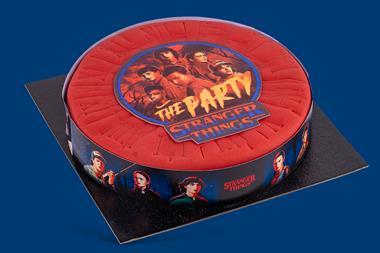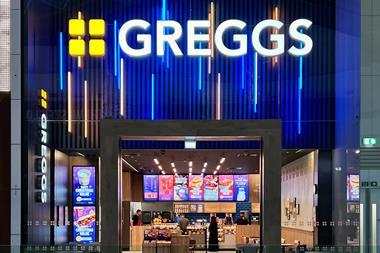The Food & Drink Federation (FDF) has published updated guidance for food business operators on how to label foods that contain gluten.
Called Gluten Labelling Guidance: Best Practice for Prepacked Foods which Include or Exclude Cereals Containing Gluten, the document has been developed to illustrate examples of different labelling situations, with special consideration given to oats and wheat species.
It provides information about the distinction between coeliac disease and cereal allergy, advice on precautionary allergen labelling, and a flow diagram for making gluten absence claims. It also includes an overview of the relevant EU and UK legislation and guidance.
“To be able to choose a safe prepacked food, allergic consumers need clear information about its composition; whether it includes any cereals containing gluten or has been produced gluten-free. It is vitally important that food manufacturers provide legally compliant labels that present consistent allergen information,” said Alex Turtle, food law, labelling and enforcement manager, FDF.
“FDF is committed to providing best-practice regulatory guidance and we hope that this updated, more comprehensive, guidance continues to support food manufacturers, of all sizes, to make informed labelling declarations regarding their products.”
The guidance is supported by Coeliac UK, Anaphylaxis Campaign, the British Retail Consortium and the Gluten Free Industry Association.
Norma McGough, director of policy, research and campaigns at Coeliac UK, added: “By distinguishing the presence of allergens (i.e. gluten-containing cereals) with the absence of gluten in foods (i.e. gluten-free), the guidance helps highlight the important distinction between an allergy to cereals and coeliac disease. We also welcome approaches to limit use of precautionary statements relating to the presence of cereals containing gluten in prepacked products.”



































No comments yet